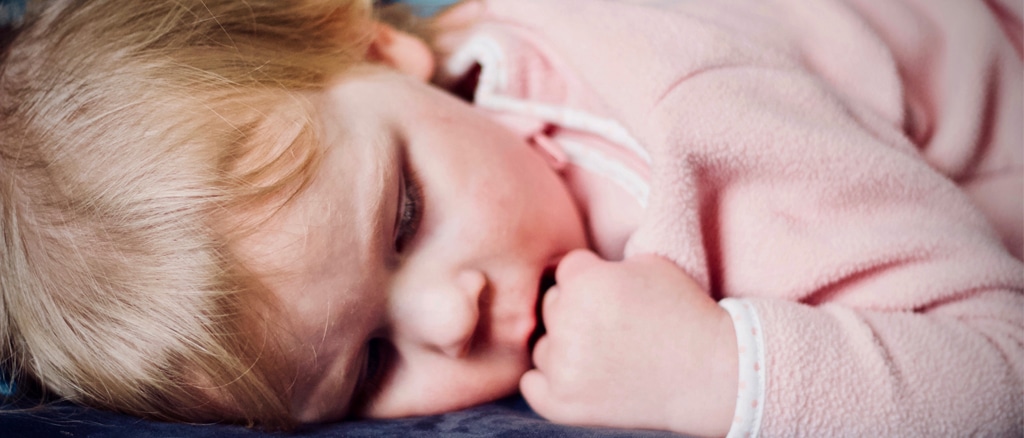Anytime a child undergoes a surgical procedure requiring anesthesia or sedation, parents will have questions about possible risks especially when that child is an infant or a toddler.
According to the American Academy of Pediatrics (AAP) in young children, the safest way to perform most surgeries is under general anesthesia. The medications used for sedation have the same side effects as general anesthetics. All medications used for sedation or anesthesia have been shown to affect normal brain development.
How it’s used:
If general anesthesia is used, the anesthesiologist will start transitioning your child from the normal awake state to the sleepy state of anesthesia. This is referred to as induction, which is usually done by either injecting medicine through an IV or by inhaling gases through a mask.
If like many kids, your child is afraid of needles, the good news is that he or she may not have to get one while awake. Pediatric anesthesiologists often will begin the induction process by giving inhaled medicine. This is helpful because kids can have a hard time staying still and calm. The mask delivers medicine to make kids sleepy and help them relax before and during the surgery. That way, they’ll already be asleep when the IV is inserted for general anesthesia or when a shot is given to numb a certain part or area of the body for local or regional anesthesia.
When using general anesthesia, the anesthesiologist will monitor your child’s heart rate, blood pressure, breathing rate, and oxygen level; continue to deliver anesthesia; and keep your child as comfortable as possible throughout the operation.
Is anesthesia and sedation safe?
Anesthesia and sedation are safer than they have ever been. Pediatric anesthesiologists have made it possible for millions of children to undergo life-saving surgeries and life-enhancing procedures. Like any medicine, anesthetics have associated risks for every person—young and old. Scientists and physicians continue to look at the safety and side effects of all medicines that are used in infants and children.
Your child may feel groggy, confused, chilly, nauseated, scared, alarmed, or even sad while waking up. Depending on the procedure or surgery, your child may also have some pain and discomfort, which the anesthesiologist can relieve with medicines. After recovering from the anesthetic, your child will be evaluated to make sure he or she is ready for discharge from the recovery room.
It’s okay to be nervous about your child getting anesthesia but just know that highly trained professionals use a wide variety of modern medicines and monitoring technology to make sure that kids are stable and as comfortable as possible before, during, and after their procedure.
The more informed, calm, and reassuring you are about the safety of anesthesia, the easier the experience will be for both you and your child. Contact us today if you have any further questions!
- February 6, 2021
- Children's Dentistry


